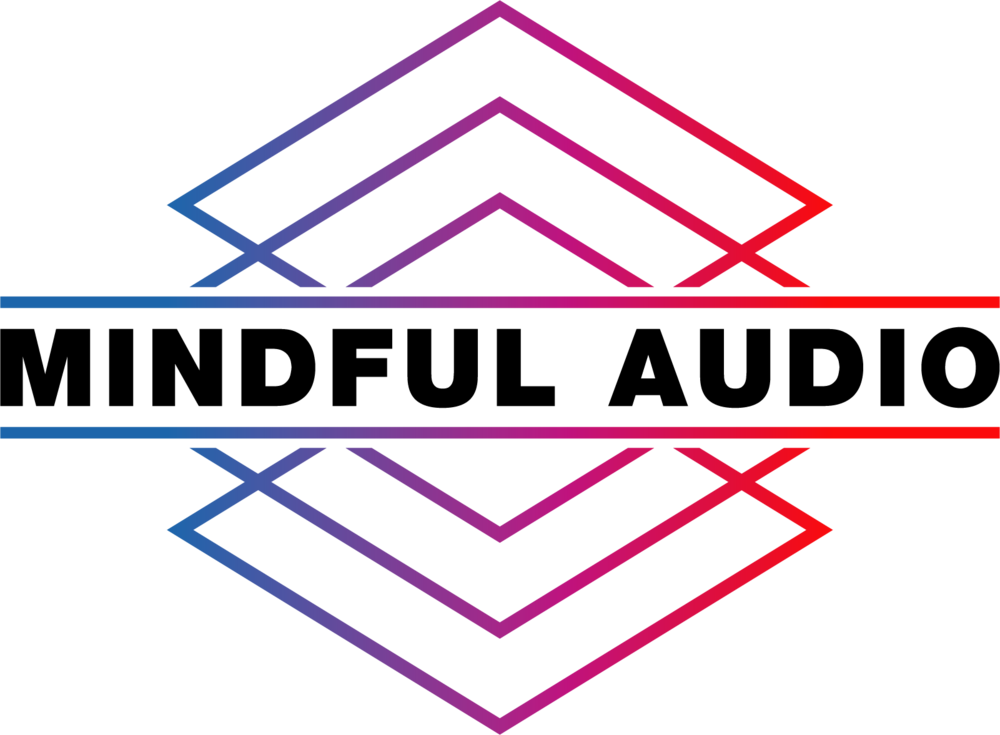Hydrophones are too often overlooked as tools for field recording or sound design, even more so than contact microphones. I guess the reason for his is that (1) they're so unpredictable and (2) no one wants to realistically portray underwater sound. Hollywood and by extension the media in general will happily throw a lowpass filter on noise and add some bubbling sounds and that's about the extent of underwater ambience that we'll get.
Read MoreFree recording of black headed gulls
The other day I went out for a walk and I noticed a flock of Black-Headed Gulls roaming about and being annoying, as they generally do. Whenever I hear these creatures I (1) inevitably think of Angry Birds and (2) make yet another mental note to someday go out with the purpose of recording them. For some reason seagull (and especially black headed gull) sounds are quite difficult to come by, and their calls are excellent for designing monsters.
Read MoreFree recording of a wire fence vibrating in the wind
Every once in a while I take my JrF contact mics and go out looking for a good sounding wire fence. I learned this technique while on the Wildeye courses with Jez and Chris Watson a couple of years ago, and I've kept my eye out for this type of fences ever since. Hopefully someday I'll have enough material to put together a library, but until then I find great pleasure in sticking the contact mics to a random fence and listening back while looking like a complete weirdo to passers-by.
Here's a short downloadable and royalty free snippet from a recording of a fence I found today:
Mindful Audio is live
Hi there. I'm George Vlad and I work in game audio. I'm incredibly passionate about what I do, to the extent that work and spare time blend and amalgamate with each other on a regular basis. One example is the enjoyment that I derive from spending time in the great outdoors, hiking, trekking or simply laying on the grass and listening to the subtle sounds around me. This provides excellent opportunities to record sounds that I require in my day-to-day work.
A logical progression from recording countless gigabytes' worth of audio is putting together libraries that can be shared with fellow sound professionals. This year alone I've been on more than 20 recording trips just covering the dawn chorus, which yielded about 70 GB worth of recordings. I have also recorded extensive footsteps and Foley, paper sounds, small cogs and gears and many others that can very well be organized into libraries.
European robin, used with kind permission from Briton Parker.
The actual planning took more time than the execution, mainly due to my fixation with having everything done perfectly (not that different from what is discussed in this Designing Sound article). I spent countless hours trying to create a concept and to translate it into words. I also had the pleasure of collaborating with talented artists when working on the company logo and library covers, but I still felt like I wasn't making any progress. However, once the graphics were done and I was recording dawn choruses twice or even three times a week, a sort of momentum started to build up. I'm certain that reading Paul Virostek's books and blog posts helped speed things up, as have countless discussions with friends and fellow sound professionals.
At any rate, here we are. Mindful Audio is live, and the first library is due to be published in a few days. I'll follow up in a week's time with the detailed story of how the Woodland Atmosphere library came to be. Here's to a hundred more libraries.

